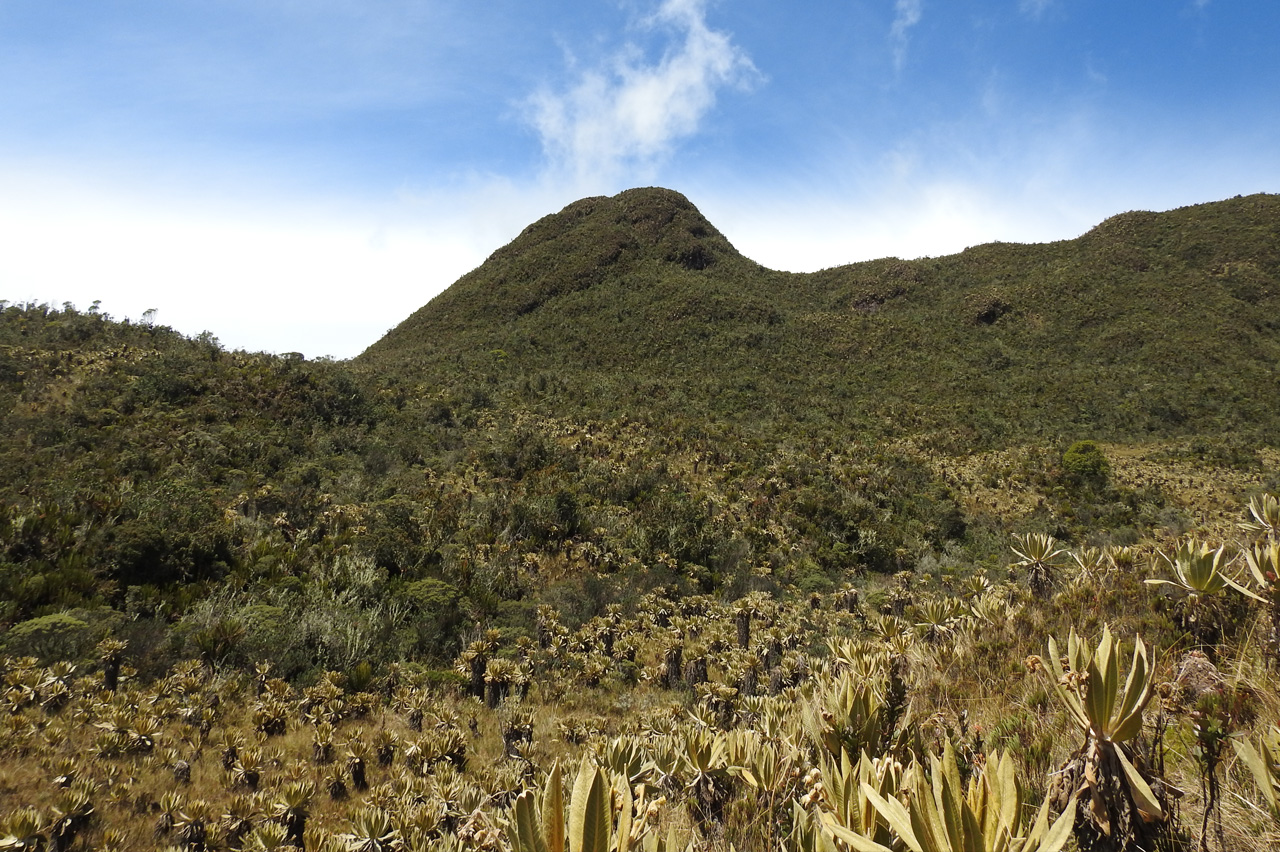This is how we influence decisions in favor of wildlife
Through research and the generation of new knowledge, WCS Colombia provides information to help decision-makers increase their chances of successfully managing public policies that benefit local biodiversity.
In this regard, in recent years, we have supported the implementation or review of national policies, strategies, or regulations, such as the one that established the National System of Protected Areas (Sinap), action plans for the Zero Deforestation agreement in the cocoa supply chain, the Colombian Pollinators Initiative, and the Conservation Strategy for the Andean Bear in Colombia’s National Natural Parks, among others.
 Photo: Julie Larsen Maher / WCS
Photo: Julie Larsen Maher / WCS
Generally, at the request of the ministries, the Congress of the Republic creates laws to support the conservation of biological resources, relying on the experience of professionals involved in ecosystem preservation and their work with rural communities.
In this regard, WCS supported the creation of Law 2173 of 2021 to promote ecological restoration through tree planting and the creation of forests across the national territory. Similarly, the National Strategy for the Prevention and Control of Illegal Wildlife Trafficking.
In the past year, we have added 30,561 new records and new data published in the Colombian Biodiversity Information System (SIB), related to various taxonomic groups such as bees, birds, herpetofauna, freshwater fish, and mammals. These have been reported or identified following the support we’ve provided in the creation or expansion of new protected areas, as well as through monitoring and characterizations conducted within the different work areas.
 Photo: Katherine Pérez / WCS Colombia
Photo: Katherine Pérez / WCS Colombia
Within this total, records were contributed during the biological characterization carried out in the expansion area of the DRMI Pance (Valle del Cauca), developed in the districts of Pance (Cali) and San Vicente and Peñas Negras, in Jamundí.
Other data provided relate to the translocation of Mesoclemmys dahli (caranchina turtle) individuals in Lorica (Córdoba).
Throughout the year, we also contributed scientific publications in various local and international media such as Oryx, Zootaxa, Nature, Biota Colombiana, and PeerJ, which contribute to the knowledge of the country's biodiversity, its management, and conservation.
Furthermore, scientific knowledge is also used by WCS to inform decisions at different levels, from local to national. This has allowed local communities to strengthen their environmental governance through community monitoring. This has been done through the use of new technologies to facilitate data collection and management, which have allowed these data to be made available to various audiences. In conclusion, we can understand which conservation actions are working effectively and why.
Additionally, the training of new generations of researchers and conservation scientists has been supported through internships and thesis development.
Translated with AI support